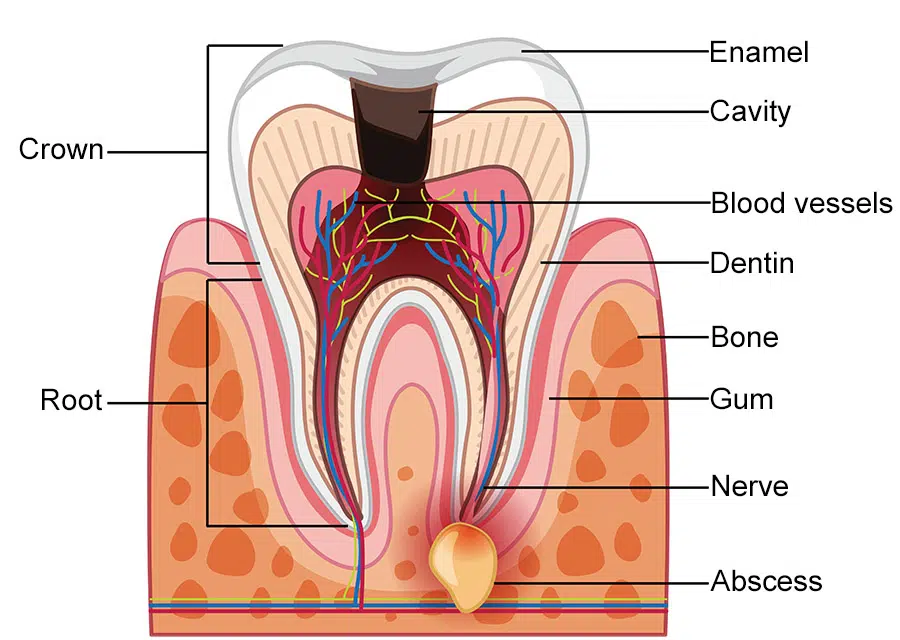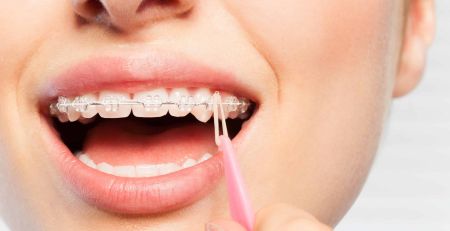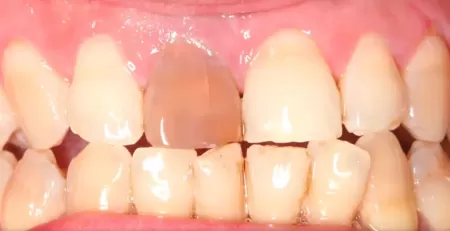An abscess is a cluster of pus that develops from an infection around a tooth. The infected area may appear red and swollen. An Abscess can often occur as a small red pocket on the gum. When a periodontal abscess becomes noticeable, it is vital to see your nearest dentist immediately.
From the infection, an abscess can cause severe throbbing pain in the affected area and sometimes fever. Severe neglect of an Abscess can lead to tooth loss and gum disease.
Clinical studies have also identified links between oral health and the rest of the body.
Symptoms of Gum Abscess
If you’re beginning to feel gum pain and tenderness in a particular area of your mouth, you must visit a dentist close to you as soon as possible. Early detection and treatment for oral issues may help prevent severe tooth or gum problems.
Early self-signs of a gum abscess may include the following:
- Pain and throbbing in and around the surrounding the area
- Swelling may travel throughout the face, jawbone, ear and neck area. Abscesses may cause swollen lymph nodes, which affect breathing and swallowing.
- Sudden sensitivity to hot or cold food and drinks
- Bad taste or smell in the mouth due to the discharge of fluid released from the abscess
- Loose tooth
- Fever
How to Treat a Gum Abscess?
Unfortunately, a gum abscess won’t heal without intervention from a professional dentist. Gum Abscess treatment requires draining the abscess and removing debris and bacteria from the periodontal pocket. A dentist may recommend a procedure called ‘deep cleaning’. Deep cleaning is separated into two parts;
- Periodontal Scaling
- Root Planning
Periodontal Scaling uses electric and manual dental instrument techniques to remove plaque and tartar from below the gum line.
Root Planning, the second phase of deep cleaning, involves the dentist cleaning the tooth’s root. The dentist will smooth the tooth’s core to reattach the tooth to the gum. The dentist will reduce the pocket space that may trap unwanted bacterial build-up.
The purpose of Deep teeth cleaning is to treat gum disease.
Preventing a Gum Abscess
Maintaining good oral hygiene practices at home combined with regular dental check-up visits can help prevent the formation of a gum abscess. Good oral hygiene to prevent tooth decay that may lead to a spot includes:
- Brushing twice a day with fluoride toothpaste
- Dental flossing
- Rinsing mouthwash
- Regularly replace your toothbrush at least once every three months or when the bristles become frayed.
- Consuming foods and drinks with lesser sugar contents and acidic contents
- Visiting your closest dentist at least once every six months










